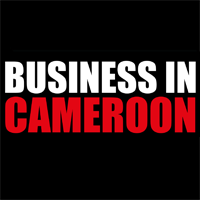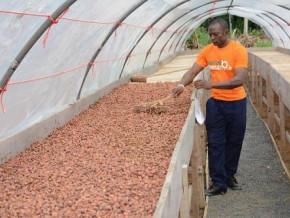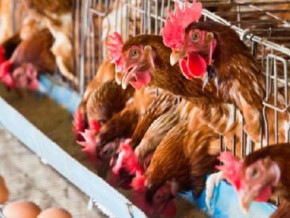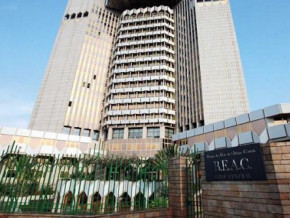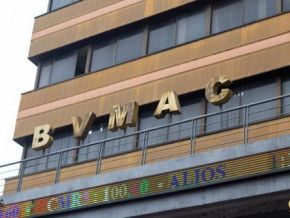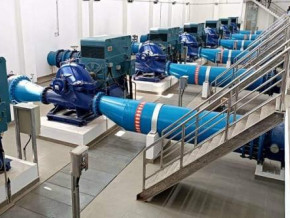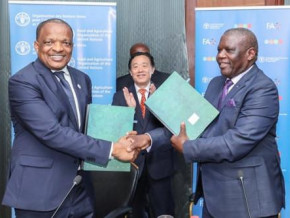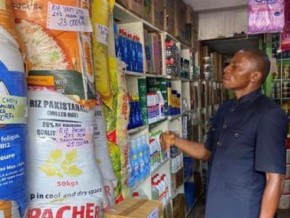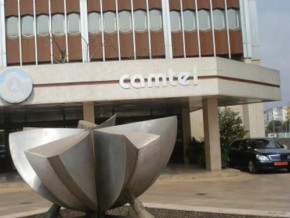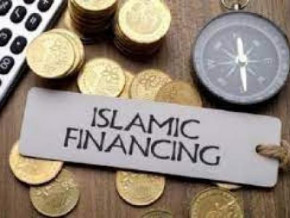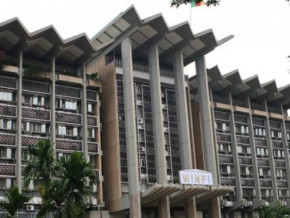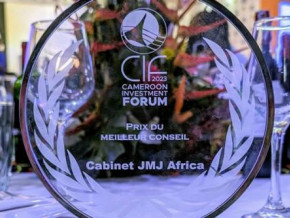
Thanks to Lom Pangar dam, Cameroon went through the “most peaceful low water period in 10 years”, according to Eneo
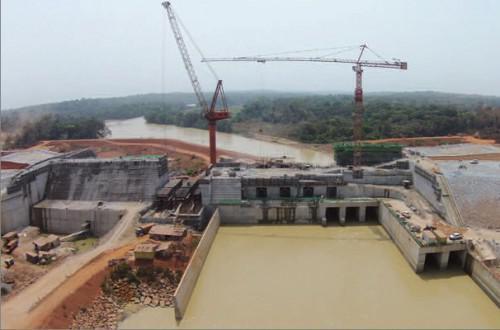
(Business in Cameroon) - This year, the demand in electrical energy in Cameroon increased by 9%, revealed the electricity company Eneo, in a correspondence addressed to the Minister of Energy and Water on 16 June. This hike in the demand resulted in an additional production need of 50 MW, we learned.
However, despite this higher demand, electricity consumers did not experience power cuts as much as usual (particularly in the south of the country, as the situation rather worsened in the three northern regions), which are generally more intense during the low water period, due to the drop in production, itself coming from the reduction in the water levels in the country's dans.
At the origins of the improvement in the electricity supply in the southern power grid, Eneo claims, is the combination of two major factors. There is, firstly, indicates the firm owned by the British investment fund Actis, “the Lom Pangae dam filling, which enabled us to reach a regular flow between 960 m3/s and 1,090 m3/s on the Sanaga”, thereby allowing “the Songloulou and Edéa power plants to generate close to 10% additional energy compared to last year during the same period, equivalent to 193 GWh”.
Then, we officially learned, the works carried out on the plants helped to achieve higher rates of availability for the machines (from 91% to 93% for hydropower and from 66% to 83% for thermal power). Thus, the renovation of the Limbé power plant (South-West region) for example, helped to increase the production capacity by 33 MW, against an additional 6MW for the Bafoussam power plant (Western region), and 12 MW for the Oyobang plant, in the Central region.
But, above all, the main important point in this improvement in the electricity offer this year (even though network failures continue to result in cuts in the power distribution in several towns), as highlighted at Eneo, is the regularisation of the flow on the Sanaga (which has about 75% of the hydroelectric potential of the country), made possible by the filling of the Lom Pangar dam, built in the Eastern region.
Built by the Chinese company CWE, the Lom Pangar dam with a water reservoir capacity of 6 billion cubic metres, is the biggest ever built in Cameroon. Its partial filling in September 2015, when it had already held over 3 billion cubic metres of water, resulted in a more manageable low water period in 2016. This hydroelectric structure also has an adjoined power plant with production capacity of 30 MW, whose works are currently being carried out by the company China Camc Engineering.
Brice R. Mbodiam
Mags frontpage
- Most read 7 days
- shared 1 month
- read 1 month
